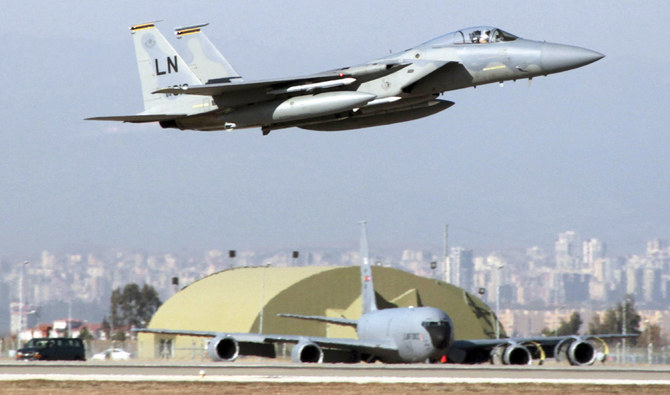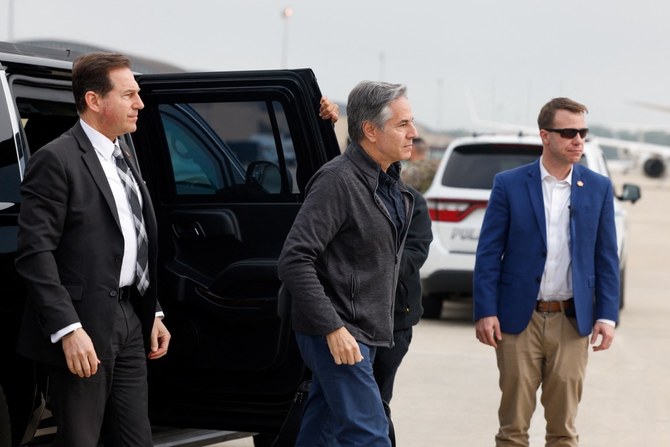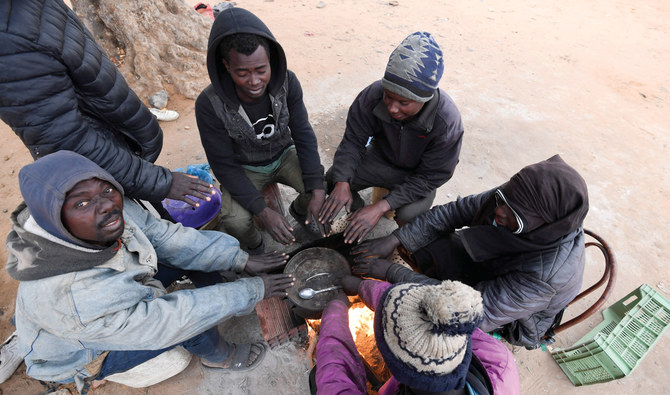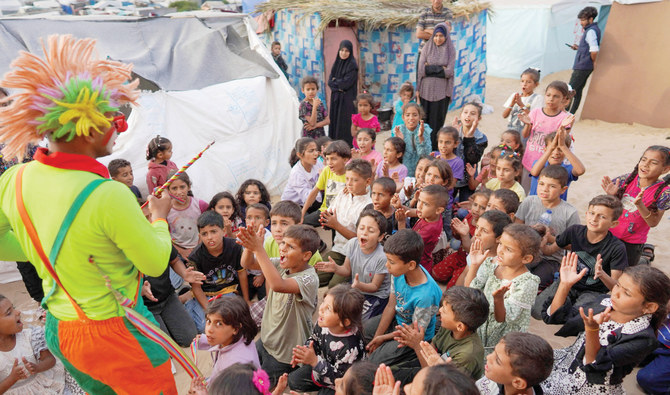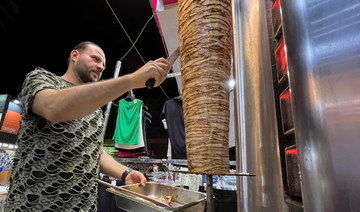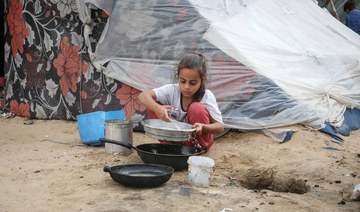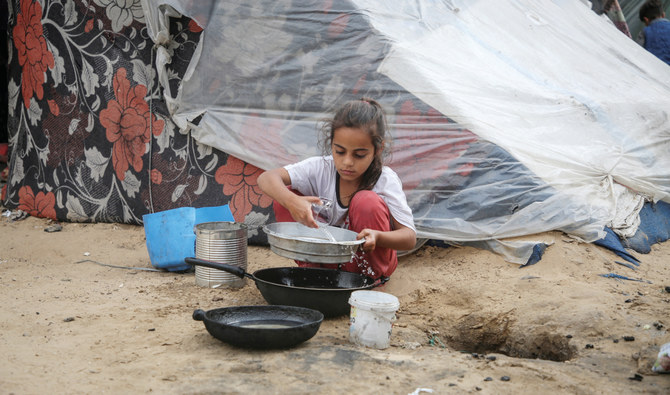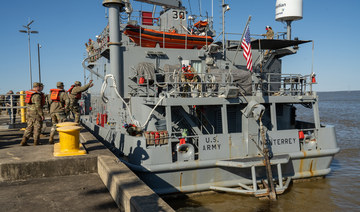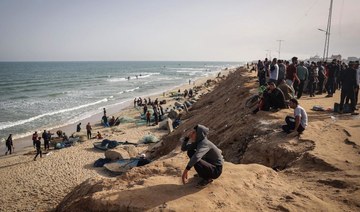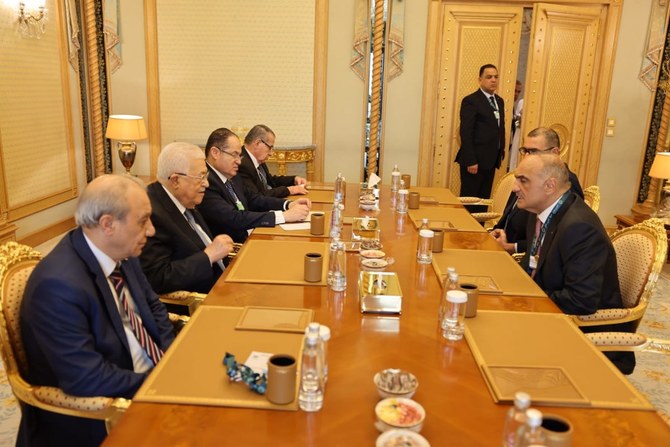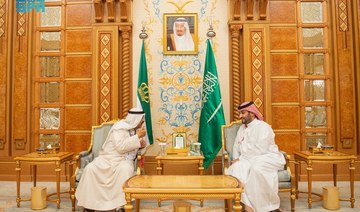ANKARA: The recent free fall in relations between the US and Turkey has sparked speculation over the future of American nuclear weapons currently stationed on Turkish territory.
“Turkey is not the place to host US nuclear arms,” Steven Pifer, from the American Brookings Institution research group, wrote in a report.
Following US President Donald Trump’s recent public confirmation of the weapons’ presence on Turkish soil, the two countries have found it difficult to reach a quiet deal on their potential withdrawal.
As the nuclear leftovers of the Cold War strategy, Turkey is part of a group of five NATO members — along with Germany, Italy, Netherlands and Belgium — hosting US nuclear weapons as an “open secret.”
Some 50 B61 nuclear gravity bombs — designed to be dropped by US fighter aircraft — are reportedly stationed in underground vaults at the southern Incirlik air base, about 160 to 240 km from the Syrian border.
HIGHLIGHT
As the nuclear leftovers of the Cold War strategy, Turkey is part of a group of five NATO members — along with Germany, Italy, Netherlands and Belgium — hosting US nuclear weapons as an ‘open secret.’
Pentagon officials are also reportedly reviewing plans to find alternative homes for US “personnel and assets” currently stationed at Incirlik. In 1963, the US removed nuclear missile batteries from Turkey during the Cuban missile crisis to avoid atomic war with the Soviet Union.
But experts are divided about the possible repercussions of physically removing nuclear weapons from Turkey considering its strategic location for the defense of Europe and the Middle East.
Eric Edelman, a former US ambassador to Turkey and senior Pentagon official, recently said that pulling the atomic arsenal from the country would be risky, and he believed the weapons were safe and secure there.
“I’m not in favor of taking any actions that would potentially accelerate Turkey’s thinking about pursuing its own independent nuclear deterrent,” he added.
The arrangement of hosting US nukes was part of NATO’s greater policy of deterring mass infantry movements from the USSR with the presence of a small number of nuclear weapons on European soil, and as an ally Turkey was part of the strategy.
Meanwhile, Ambassador James Jeffrey, the US special representative for Syria engagement, will lead a delegation to Turkey on Nov. 8-9 to discuss issues of mutual concern. Turkish President Recep Tayyip Erdogan’s Nov. 13 trip to Washington, DC to meet Trump has also been confirmed.
Azime Telli, a nuclear energy expert from Turkey’s Mersin University, said talk of withdrawing US weaponry was part of political maneuvering related to Turkey’s recent purchase of the Russian S-400 missile system that is incompatible with the air-defense system of the NATO alliance.
“However, even if this decision is taken, it cannot be quickly implemented because we are part of the NATO alliance and it wouldn’t be so easy to break this strategic relationship,” she told Arab News.
The US recently removed Turkey from its F-35 Joint Strike Fighter program, claiming the combat aircraft project could not coexist with the Russian system. The F-35 is US’ most sophisticated warplane and Turkish companies were producing about 937 of its parts.
“Along with economic and diplomatic sanctions from the US, closing Incirlik air base was always at the table as a bargaining chip to increase the tension between the two countries. The removal of the nukes will also be used as a negotiation tool during the Trump-Erdogan meeting on Nov. 13,” Telli said.
Some experts fear a US nuclear withdrawal from Turkey would create regional instabilities.
“The presence of these nukes was providing Turkey with a kind of immunity against all neighboring countries having nuclear capabilities, not only Russia but also Iran,” Telli added.
During a meeting of his governing party in September, Erdogan raised the nuclear issue, and said: “Some countries have missiles with nuclear warheads, not one or two. But we can’t have them. This, I cannot accept.”
His comments were interpreted by many as a warning that Turkey would not stand idly by if its neighbors become nuclear-armed states.
Selim Sazak, an expert on nuclear nonproliferation from Brown University, in Providence, Rhode Island, told Arab News: “NATO tactical nuclear weapons in Europe are not much more than relics of the Cold War whose significance is more symbolic than anything else.
Their removal has been a rallying point for the European nonproliferation community.”
He said the military value of the weapons, which are currently based at six sites in Europe, was still uncertain. “And some of these host countries were pioneers in the efforts toward a tougher and more activist stance on nuclear disarmament, which was most recently recognized with the Nobel-winning ban treaty.
“So, theoretically, a few of them might support the removal of these weapons at the London Summit and Trump, one of whose pet peeves is the US’ NATO expenditures, might claim this as another instance of America made great again,” he added.
Sazak also thinks the debate on removing nuclear weapons will not remain with Europe which the allies know. “So, do the nuclear-armed allies — especially Italy, which has been as aggressive as the Turks on keeping the nukes — just shrug? Are we ready for a denuclearization of Europe? I think not,” he said.
Some analysts believe that if a withdrawal did happen it would signal a de facto end to the Turkish-American alliance as well as Turkey-NATO ties, and would push Ankara closer to Moscow.
However, Sazak said: “I don’t think we’re there yet. I think there is a lot riding on 2020 and election years are mostly about keeping a steady ship. Regional security is less about Russia and more about the alliance’s stability.
“Removing nukes from Turkey will most certainly be an intra-alliance crisis. Does NATO want it? Need it? That’s the question.”
He added that the political impact of any removal of US atomic weapons from Turkey would be a far greater crisis than their actual physical withdrawal. And where would they go?
Sazak said the most likely option would by one of the other existing US nuclear weapon sites at air bases in Aviano and Ghedi-Torre in Italy, Kleine Brogel in Belgium, Volkel in the Netherlands, and Buechel in Germany. Romania and Greece have also been mooted as possible stores but Sazak added: “You would have to revamp these facilities — spend money — to make them nuke suitable.”



